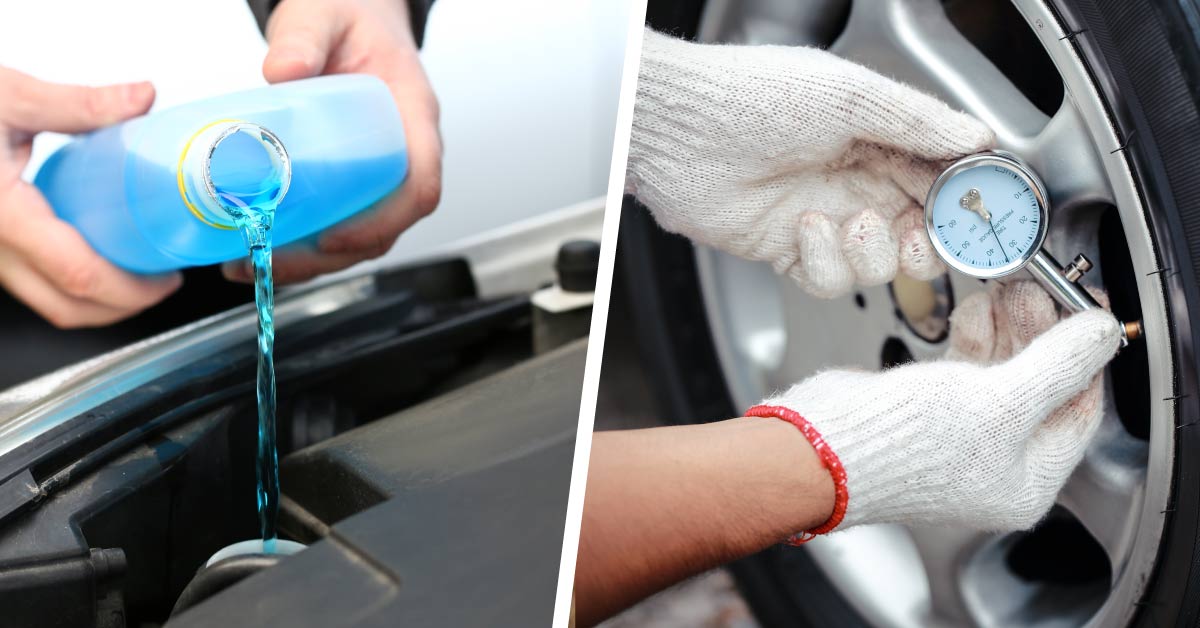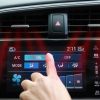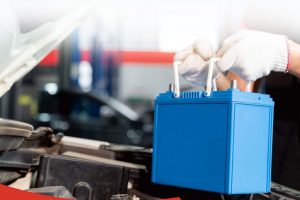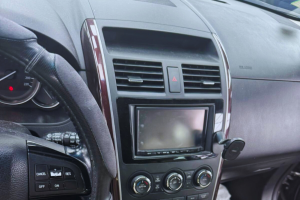Most drivers don’t give much thought to their car fluids except for its oil levels and for the tires, the check comes only if they come across a visible physical damage or tear in its tread. You must know that your car has other fluids than just the oil running along powering the engine and that the tire pressure eventually decreases over time. More often, we end up checking or paying attention to the other fluids and tire pressure after there has been a breakdown or another major problem that has sprouted. Keep your car healthy to guarantee its long life, and for that, you must maintain the habit to attend to regular car maintenance checks and changes required.
Five Essential Car Fluids
Mostly familiar with the motor oil and its change requirements, you need to take note of the other fluids that contribute to the smooth functioning of your car. You know when to change car oil, but there are other essential fluids like the coolant, transmission fluids, brake fluids, etc. that need proper inspection as well.
Inspect the following five fluids regularly and keep your car running smoothly at all times.
-
Transmission Fluid
When to check the fluid – Check your transmission fluid every time you go for an oil change, or you can use a dipstick to inspect the transmission oil manually.
When to replace the fluid – This fluid is liable for keeping your vehicle’s gear running. Schedule the transmission fluid simultaneously each time with your car’s oil check. It is recommended to replace the transmission fluid every 30,000 miles and for some vehicles w.r.t. their heavy work sometimes changing the fluid every 15,000 miles is advisable.
-
Windshield Wiper Fluid
When to check the fluid – Inspect for the windshield wiper fluid at every service checks and at least once every two months.
When to replace the fluid – This fluid is an essential solution that keeps your windshield wiper functioning properly. The windshield wiper fluid is not primarily vital but crucial for the windshield to remain visibly clear enough for the driver to see through, thus preventing any accidents. You might need to replace the fluid with the change of seasons, at every five to six month interval.
-
Power Steering Fluid
When to check the fluid – You must inspect your vehicle’s power steering fluid levels once every month. To inspect the fluid mechanically, pop up the vehicle’s hood and look for the reservoir.
When to replace the fluid – The power steering fluid functions to keep the steering steady and smooth. With not a frequent need to change/replace the fluid, you might need to check for the requirement as mentioned in your owner’s manual.
-
Coolant
When to check the fluid – You must check your coolant level on a seasonal basis, once at least every five to six months, to ensure that your car ac is blowing cold air.
When to replace the fluid – The coolant functions to keep the vehicle’s engine temperature optimised, and prevents it from getting too hot or too cold with the varying extreme weather conditions on the outside. Like the transmission oil, the coolant level should not be lower than their recommended levels, at any point of your drive. You might need to replace your coolant in every two to three years interval.
-
Brake Fluid
When to check the fluid – You must check your brake fluids at every instance of an oil change or at least once a year mandatorily. You might need to replace it if you see its colour changing from golden to brown and as a rule every two years.
When to replace the fluid – The brake fluids function to transfer the force into pressure and amplify the braking force. Similar to the transmission oil, this is a part of the closed system and should not be running low at any point. You might need to replace the fluid at every two years interval.
Why to check the tire pressure?
Tire pressure is essential not only for the life of your tires but your overall safety as well. A deflated tire with below acceptable pressure level has immense safety risks for the passengers on the ride. When you keep checking for tire pressure regularly, you’ll be rest assured of your’s and the safety of your family and others travelling with you.
It is a common misconception that the tires maintain their pressure throughout and lose the strength only in case of any external damage. This is not the case because the fact is that tire pressure wears out eventually with time. and without any puncture or other significant damage to the tire.
How to check tire pressure?
You can check the pressure for yourself by not just visually looking at the tires but taking time to get around the wheels and adequately inspect them. An overinflated tire loses the tread’s touch on the ground thus decreasing traction and stability, and an underinflated tire will cause the tread to worn out with the excess stress induced on them and its eventual overheating.
As tires begin to lose air over a period of time, the pressure inside gets altered. It is advised to maintain the recommended PSI to ensure adhesion, durability and proper handling of the tires. If your vehicle is administered with the Tire Pressure Monitoring System (TPMS), it will automatically warn you of low tire pressure with its warning light. You can also use a tire gauge to inspect the tire pressure. There are various car accessories you might not know of that use technology to maintain these regular car checks for tire pressure, safety etc.
When to check the tire pressure?
Check for adequate pressure on all your four tires along with the spare ones. The tire pressures should be checked monthly which will ensure the seasonal checks as well. Both the hot summers and the cold winters affect the pressure inside the tires. The tires expand with heat, but its effect with dropping temperatures is more significant. It is said that with every 10 degrees drop in outside temperature, the pressure inside the tire decreases by 1-2 pounds. Assign a date and mark it on the calendar so that it helps you remember the task.
As per UAE regulations, you will need to change your tires every five years after its purchase. In UAE, the legal tire depth for light vehicles is 1.6mm, for the medium-sized car is 2.4mm, and for heavy ones, like buses and trucks is 3.2mm.
If you’re a resident of the UAE and looking for the best service provider to check your vehicle’s fluid levels or tire pressure or any car servicing needs, visit Carcility. Download our app and book any car repair, car service or maintenance requirement from your nearest and the best car service providers. Get instant quotes and avail various discounts on numerous services. Carcility is the one-stop solution for all your car care needs and visit us for any other related queries for services or order requests.
We Can, With Carcility!







